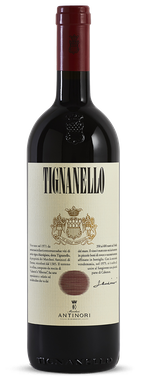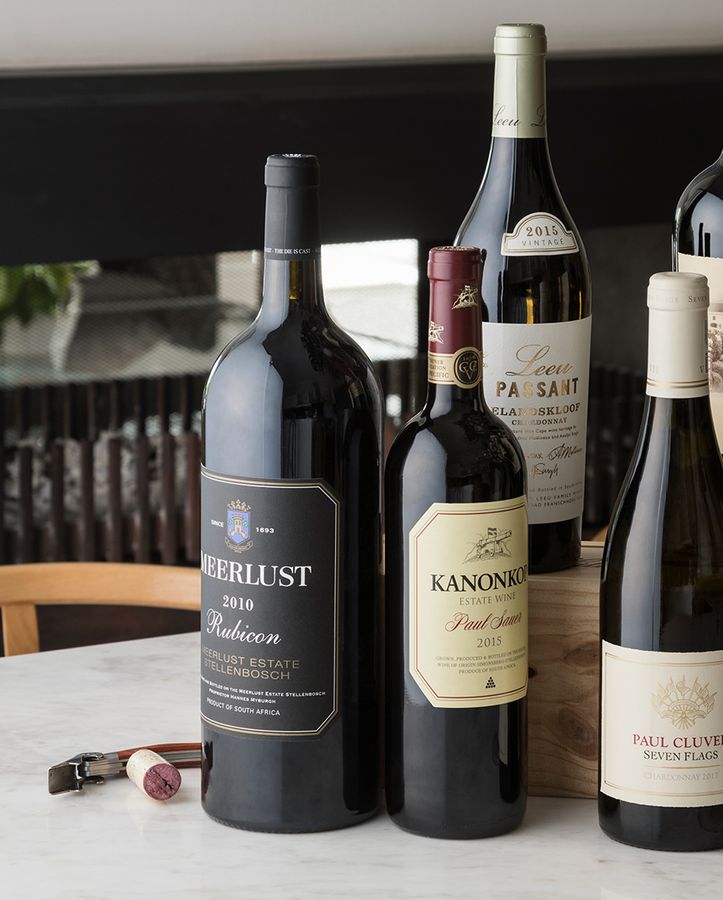This year marks the 41st anniversary of the first vintage of a wine synonymous with the renaissance of Tuscany and the birth of the super Tuscan. Over the next three to four decades, Piero Antinori, called “The Marchese”, from the well-known family Marchesi Antinori, one of the biggest and oldest wine companies in Italy (its history dates back to 1385), broke the rules and experimented in pursuit of better wines.
“A good winemaker and his vineyard will always find each other,” he wrote in his autobiography.
Piero Antinori
In 1966, Piero Antinori took over the family wine company from his father, Niccolò Antinori. Newly married and with a baby daughter Piero was facing a business, not in a good shape. The Antinori wines then had a poor image, being associated with producers of mass-produced Chianti, wines wrapped in straw baskets, aptly named Fiasco.
A French-Italian
A meeting with Napa Valley wine visionary, Robert Mondavi, that same year inspired Piero to search for ways to improve the quality of the family wines. To conduct his experiment he looked at the Tuscan estate where his family spent most of their summer holidays: Tenuta Tignanello. A 319-hectare property in the heart of Chianti Classico with a 16th-century manor house. 130 hectares dedicated to vines, enclosed on the same hillside (at 350 to 400 meters above sea levels) two of Antinori’s best vineyards today: Tignanello and Solaia. The Tignanello vineyard, a historical name, stood out as the best vineyard and became the epicentre of the experiment that would change the Antinori family business and consequently Italian wines.
Some describe Tignanello as “an Italian wine midwived by a Frenchman”. On a research trip, Piero met Emile Peynaud, the French Oenologist, winemaker, and professor at the University of Bordeaux who introduced a number of ground-breaking ideas unthinkable at the time.
The Blend
His first act was to insist on removing all white grapes from the Tignanello blend which had radical implications. It meant that the wine could no longer be classified as a Chianti but as a “vino da tavola” a mere table wine, even though it cost three times the price of an average Chianti at the time. The Chianti regulations demanded the inclusion of 10 to 30% of the white varieties such as Malvasia Bianca Lunga and Trebbiano Toscano. The Chianti going into the bottle was thin and watery, without structure and no ability to age. For a bit of additional history, the Chianti appellation followed the blend composition created by Bettino Ricasoli which was to blend white wines with Sangiovese in order to balance the red grape’s acidity and soften the tannins. The first Tignanellos used only 6% of the white grapes. Encouraged by Sassicaia’s results Piero completely eliminated white grapes and instead added Cabernets to the blends (Sassicaia, the Bordeaux-inspired blend was released in 1968 and became an instant success, also amongst the first Super Tuscans). Niccolò Antinori, Piero’s father had fortunately already planted these grape varieties in Tignanello. The Tignanello blend since then consist of 80% Sangiovese, 15% Cabernet Sauvignon and 5% Cabernet Franc.
Emile’s second act was to move away from the traditional Italian wine barrels and use “Barriques”, smaller Bordeaux size (225ml) oak barrels to make age-worthy wines. He also gave Piero some more insight into the benefit of controlling malolactic fermentation.
In addition to Emile Peynaud, two other individuals have contributed to the story of Tignanello. First Giacomo Tachis, a Sangiovese expert, is responsible for the creation of some of the best Sangiovese in Tuscany. His contribution to Tignanello focussed on the vineyards. As Piero said Tignanello is “a place that was made for wine”. “The soil is a near-perfect stony mix, the vineyard faces southeast, and at 365 metres above sea level, there’s an ideal mix of heat and cool to balance the grapes. The mystery is why the vineyard was overlooked for so long, given that the land had been in the family since 1900”. Giacomo started his work by methodically renewing the relevant vineyards and by implementing innovative techniques with regards to density and pruning to ensure grapes with concentrated fruits and soft tannins.
The Experiment
The second person was a journalist by the name of Luigi Veronelli who was amongst the first to taste and judge Marchesi Antinori’s latest experiment. In an interview with Gary Walther in FOOD & DRINK, Piero Antinori confided “I think Tignanello wouldn’t exist if Veronelli had said no.” Gary goes on to say that “The journalist also advised him to forget about the whole Chianti Classico bureaucracy – Antinori had already said that it “only certified mediocrity” – and just name the wine after the vineyard”. A very bold move at the time for the winery. Today the Chianti Classico DOCG regulations have now updated their regulations in the hope to welcome back the Super Tuscans without much success so far, or at least not for Tignanello.
Piero Antinori’s sense of innovation, exploration, and excellence as we know goes beyond the story of Tignanello, with ten Tuscan holdings including some of the region’s most prestigious properties such as Solaia and Guado al Tasso. Therefore when Antinori approached Great Domaines for representation in South Africa it was an offer we couldn’t refuse.
The Detail
To finish off the Tignanello story, as everything at Antinori is in the detail, the label was designed by Silvio Coppola in 1974 for the release of their first 1971 vintage. Silvio Coppola, an important Italian graphic and interior designer, famous for his minimalist lighting fixtures, austere furniture, and book cover designs for Italian publishing company Feltrinelli was commissioned in 1973. Silvio is responsible for the stylized sun. Also added to the label is the name “Niccolò Antinori”, Piero’s acknowledgment to his father for believing in him.

